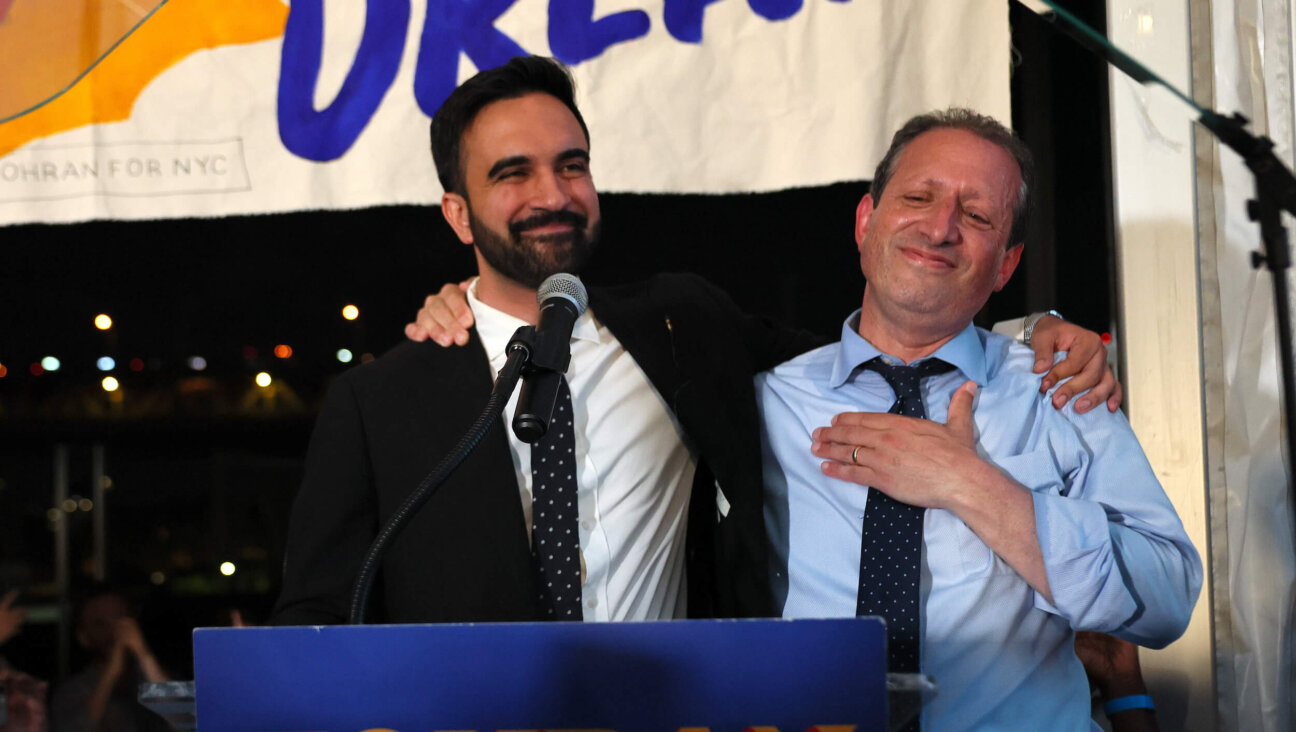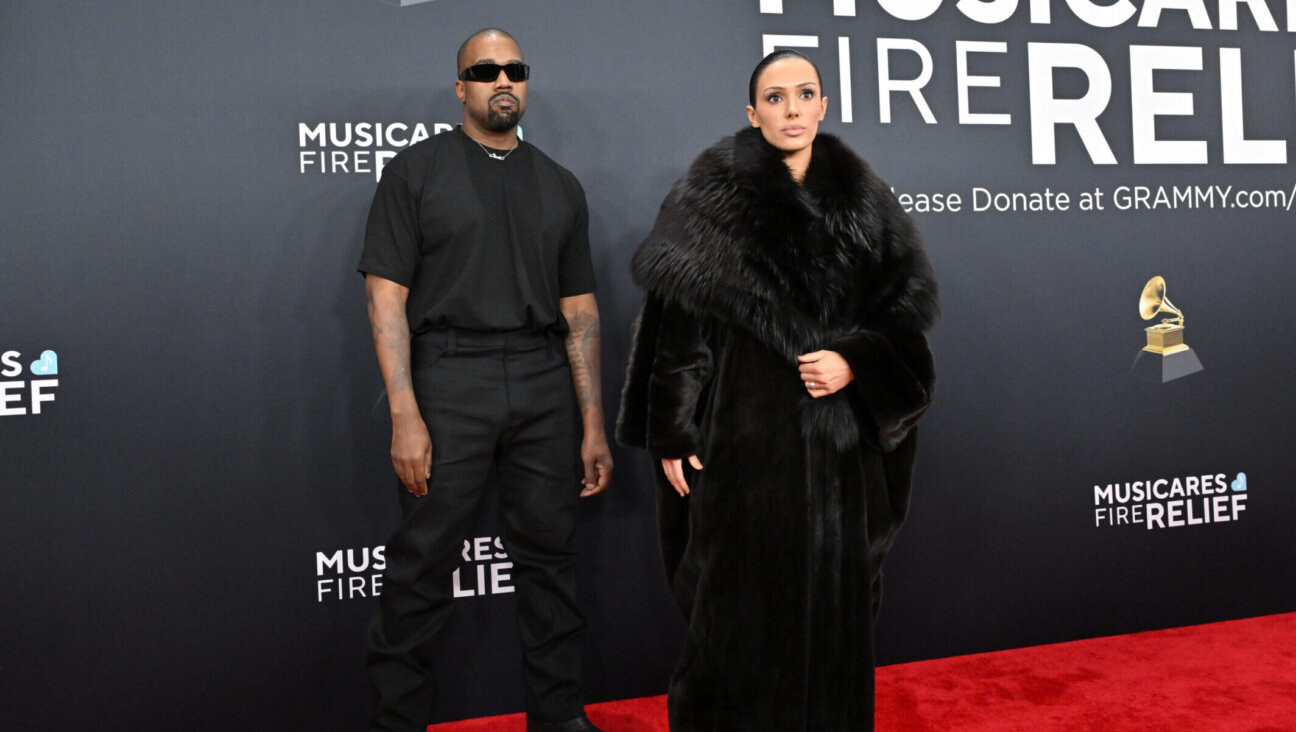Sebastian Gorka’s Wife Spearheads Trump Push To Gut Anti-White Supremacy Program

Image by Pixibay
In the past six months, Life After Hate, an organization devoted to reforming violent extremists, mainly members of white supremacy groups, has seen a spike in calls. The number of inquires from people reaching out to seek help for their loved ones reached an all time high.
“Given the last election cycle, people have much greater awareness and a lot more concern to violent extremism,” said Tony McAleer, the group’s co-founder and board chair. The display of white nationalism hate groups supporting the Trump campaign, he explained, brought attention to the issue and led some to seek help for friends involved in these organization.
Life After Hate was about to expand its operation by launching a program that would proactively seek out violent extremists through the Internet and reach out to them to offer help. But the $400,000 government grant for the program, awarded in the final weeks of the Obama administration, never arrived and no explanation was provided.
Now it turns out Homeland Security aide Katharine Gorka, the wife of controversial White House aide Sebastian Gorka, played a key role in gutting the program.
“Nothing but crickets,” said McAleer, who, like other grantees waiting for their funds, had heard that the Trump administration decided to put a hold on the funds.
It is more than a mere bureaucratic mishap. Experts in the field believe that withholding the funds is part of a broader policy of the Trump administration to redefine violent extremism and reshape government policy for dealing with the problem, focusing exclusively on violent Islamic extremism while eliminating programs aimed at violent white nationalists.
“Their people talk about terrorism only in the context of Islamic extremism,” said Heidi Beirich, director of the intelligence project at the Southern Poverty Law Center. “It seems pretty clear that Trump doesn’t care about other types of extremism.”
But existing data on violent extremism in the U.S. does not support the Trump administration’s narrow approach to the problem.
An analysis prepared by START, a national consortium for the study of terrorism, supported by the Department of Homeland Security and based at the University of Maryland, looked at Islamist and far-right homicides in the U.S. in the past 15 years. The study excluded two outliers – the 9/11 terror attacks and the Oklahoma City bombing, and found that far-right extremists have killed more than double the people than Islamist extremists – 272 compared to 130. “To focus solely on Islamist extremism is to ignore the murders perpetrated by the extreme far right and their place in a constantly changing threat environment,” concluded a February 2017 research paper compiled by scholars affiliated with START.
“It’s probably short-sighted to only focus on Islamist extremists,” said Peter Weinberger who heads the counter violent extremism program at START. He noted that not only do the numbers show the danger of far-right extremism, but also that dealing with extremists from the right could provide tools and information to help counter Islamist extremism.
The Obama administration, though in a belated fashion, recognized a more inclusive view of violent extremism, coining the acronym CVE, for Countering Violent Extremism. In doing so, the administration effectively eliminated the ideological motivation of the violent extremists groups and thus bundled together far-right white supremacists with Al-Qaeda and ISIS inspired Islamists.
To advance the battle against violent extremism, the Department of Homeland Security announced in 2016 a $10 million grant initiative for programs taking a communal approach to CVE and offering means of identifying violent extremists, preparing for dealing with the problem, and preventing Americans from joining these organizations. The grant program offered a broad definition of CVE, stating that it refers to “acts of violence carried out by a range of individuals or groups that are motivated by an extremist ideology.”
In January, days before the change of administration in Washington, DHS announced the 31 CVE programs that had won federal grants. Most of them focused on Islamist extremist threats.
Life After Hate was among the few dealing with both Islamists and far-right violent extremists. Joining forces with a technology company, the group proposed a plan for identifying individuals involved in violent extremism and reaching out to them in an effort to draw them out of these groups. But the $400,000 grant, which should have been disbursed within 30 days of the announcement, was not provided, nor was any explanation for the delay or any official word on whether the grant will ever be delivered. The group is now reaching out to private donors and has already landed a $50,000 contribution from NFL star Colin Kaepernick.
McAleer knows first hand how difficult it is to leave violent extremist groups. He was a member of the White Arian Resistance, helped recruit skinheads, and was the manager of a racist rock band. After the birth of his child, McAleer decided to turn his back on the far-right groups he was affiliated with and to open a new page in his life, but the powerful network of support they provided made it ever more difficult. Eventually it was a Jewish therapist who brought him out. “He heard my story and said: ‘you know I was born Jewish,’ and here he was, helping a person who hated Jews all his life,” McAleer recalled.
Organizations working to reform violent extremists are based on a European model which was originally designed to rehabilitate former neo-Nazis and is being used in recent years to bring back into society Europeans who were drawn to ISIS. “We know that the most effective people to bring these people out are ‘formers,’” said Weinberger, “so it’s important we create a critical mass of people who can do it. This is key from a perspective of national security.”
However, recent changes in the way the administration views violent extremism and the hold on grants, may slow down the process of creating this critical mass.
During the presidential transition period, advisers to Trump began looking into the Obama administration’s CVE work. A team headed by Katharine Gorka, wife of Trump’s counterterrorism adviser Sebastian Gorka, reached out to DHS and the State Department and asked for names of employees working on the issue. The transition team suggested defining the mission as “countering radical Islamist extremism” rather than “countering violent extremism,” a shift indicative of the narrower focus the new administration has chosen.
A formal policy has not been adopted thus far, but the hold put on CVE grants could signal that such policy is in the works.
The Department of Homeland Security did not respond to inquires from the Forward on this issue.
Contact Nathan Guttman at [email protected] or on Twitter @nathanguttman






















